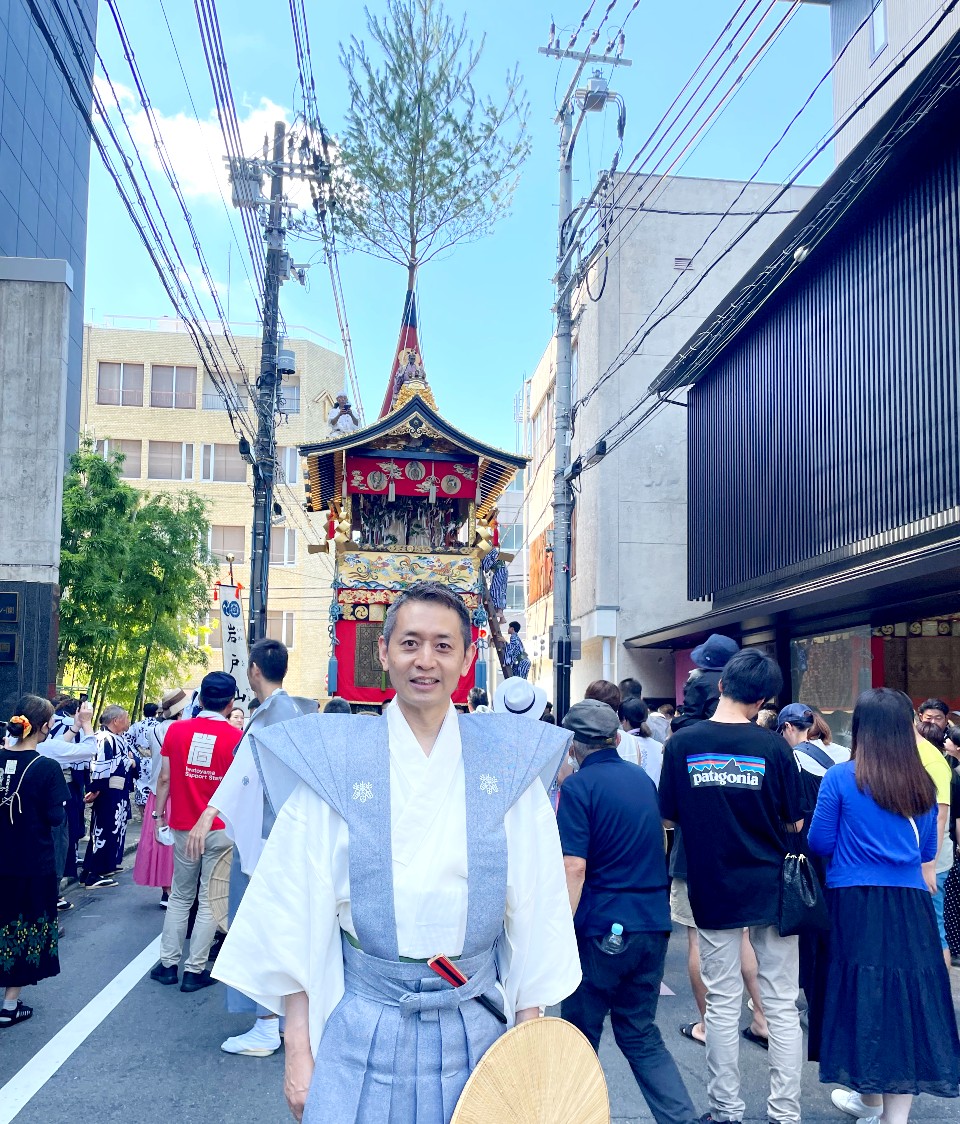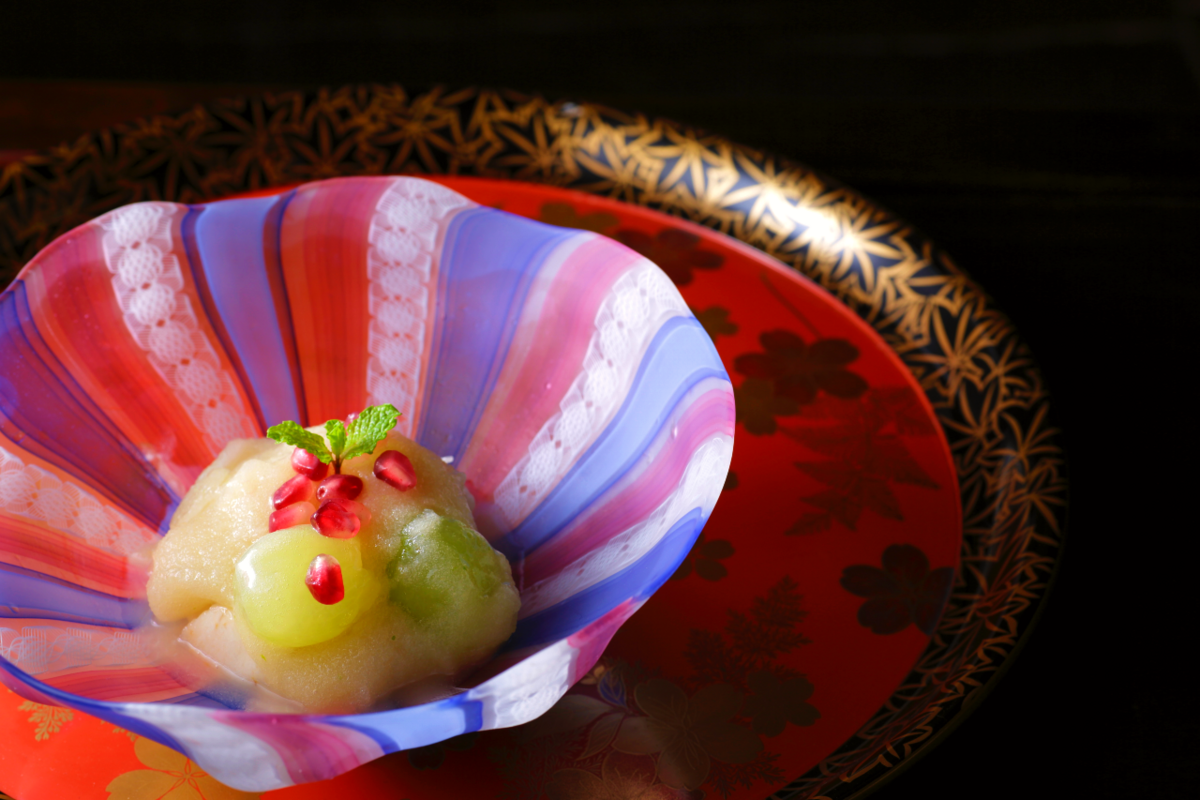See & Do
We are constantly evolving, so even on your second or third visit, you will always find something new. That is the charm of Kyoto (Part 2) [Kyoto Tourism Today]
See & Do
We are constantly evolving, so even on your second or third visit, you will always find something new. That is the charm of Kyoto (Part 2) [Kyoto Tourism Today]
Here we will be introducing Takuji Takahashi, the third-generation owner of Kinobu, a restaurant that has been credited with revolutionizing Japanese cuisine and continues to introduce new facets of Japanese food. The restaurant's numerous innovative initiatives, not just in terms of its dishes but also through its efforts to overcome the challenges of the coronavirus pandemic and to train its staff, have won over the hearts of many.
New services created by in-house ventures with an eye to training staff
“Our staff training policy is to provide lifetime employment based on ability. Thanks to the many highly skilled chefs we have trained, we have been able to create a system that allows us to respond to the needs of many customers and take on new challenges. Though, to be honest, having seven sous-chefs may be a little unusual,” Takahashi laughs.
Furthermore, in order to foster a spirit of taking on new challenges among its employees, the restaurant has set up an “in-house venture” system where employees can create their own independent self-financing business units to try out new ideas, for example with employees currently running their own businesses making side dishes and roast beef. The restaurant has set up this system so that employees can receive bonuses for their work, and it is said that this has led to improvements in both technical ability and motivation.
The complete renovation of the kitchen carried out during the pandemic was actually planned with this in-house venture in mind to enable it to function not only as a kitchen for the restaurant, but also as a factory for food processing and sales, and to ensure a level of hygiene that complies with the HACCP international standardized hygiene management system.

Contributing to and learning from the local community to convey its taste and culture
During the month-long festival, it has become a tradition for staff to provide bento lunches for members of the Iwato Yama Preservation Society, loan out venues, and provide assistance with other festival-related events.
Takahashi sees this not merely as a contribution to the local community but also as a great opportunity for learning. The ornaments decorating the yamaboko floats and the various traditions and customs truly embody the authentic culture of Kyoto, and being able to experience them first-hand is a rare opportunity for those studying Kyoto cuisine.

The charm of Kyoto, which grows deeper with each visit, and the craftsmanship that supports it
Although Takahashi has been constantly creating new flavors and new values, he notes that “New things and eccentric ideas alone lose their appeal the second time around. Kyoto is a city that does not engage in that kind of manufacturing. It may look like I'm doing something new, but my intention has always been to pursue something that can withstand repetition. I hope that people will visit Kyoto and try the local cuisine again and again, and get to really understand what makes it so appealing.”
Why not take Takahashi's words of wisdom as a starting point when planning your next trip to Kyoto?
■Related links
[Kyoto Guidelines] Collection of Good Practices
Kinobu Official Website


